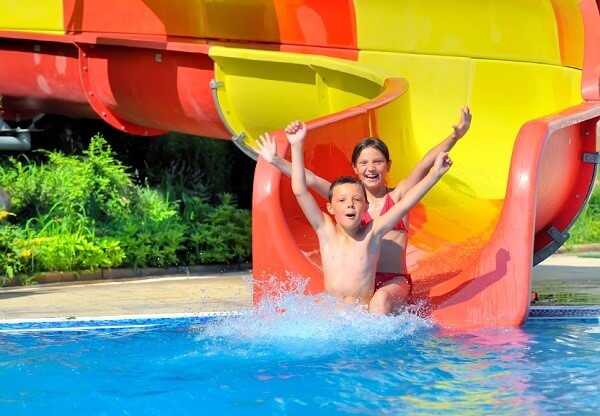Project Description
Theme Parks R&D Tax Credits
Business Scenario
Waveland is a popular water park that offers riveting visitor experiences tailored for domestic and international guests. Waveland is constantly adding new and exciting activities for its customers, thus engaging in frequent R&D work.
In 2012, Waveland engaged in an R&D project with the main business objective being to develop an innovative technique to enable the effective and efficient preparation, installation and operation of the TwistTunnel water slide.
After establishing that the design and implementation of the TwistTunnel was innovative due to the unique design of the water slide, Waveland identified the specific activities that would qualify for the Research and Development Tax Relief Scheme. To be eligible, Waveland had make sure that its “qualified research”
met key legislative requirements within the tax definition to demonstrate the project is R&D. These requirements include defining for tax purposes:
- Project
- Advance in science or technology
- science
- technology
- directly contribute
- scientific or technological uncertainty
Waveland’s Eligible R&D Activities:
Design and development of a series of prototypes to achieve the technical objectives (design of the TwistTunnel installation method).
Waveland’s hypothesis for this R&D activity stated,
“It is feasible to design and develop an innovative technique to enable the effective and efficient preparation, installation and operation of the TwistTunnel water slide.”
Throughout this stage, Waveland designed and developed the foundation and infrastructure of the TwistTunnel implementation, the TwistTunnel tube, trapdoor and maintenance entry points. It also prepared the installation site and equipment required for the procedure.
Trials and analysis of data to achieve results that can be reproduced to a satisfactory standard and to test the hypothesis (testing of the TwistTunnel installation method).
The hypothesis for this R&D experiment was that the theoretical conclusions from the design phase could be realized through comprehensive and valid testing.
Waveland concluded that the results were overall positive and did indeed prove the hypothesis. Waveland confirmed that it would use the new knowledge generated for further research and development work and would apply the concepts of the project to current and future jobs.
Background research to evaluate current knowledge gaps and determine feasibility (background research for the TwistTunnel installation method).
Waveland’s background research included literature search and review, consultation with industry professionals and potential customers, and preliminary equipment and resources review.
These specific research activities assisted in determining the fundamental elements of the research project, thus qualifying as Theme Park R&D work.
Ongoing analysis of customer or user feedback to improve the prototype design (feedback R&D of the TwistTunnel installation method).
Waveland conducted the following:
- Ongoing analysis and testing to improve the efficiency and safety of the project
- Ongoing development and modification to interpret the experimental results and draw conclusions that served as starting points for the development of new hypotheses
- Commercial analysis and functionality review
These R&D experiments were necessary to evaluate the performance capabilities of the new design in the field and to improve any flaws in the design.
Commentary
QUALIFIED RESEARCH DEFINED
Qualified R&D projects consists of research for the intent of achieving an advance in overall knowledge. Advances in capabilities in the field of science or technology through the resolution of scientific process or technological uncertainty general qualify as R&D project. The advancement but not simply be in its own state of knowledge or capability. A companies R&D project must relate to the trade of the business whether it be an existing product or process or one intend to start based on R&D outcomes.
QUALIFYING PROJECT WITHIN THE TAX DEFITION
Activities that are eligible for R&D Relief are defined in the Guidelines by the HMRC, which must be met for the project to qualify as R&D.
- Project
- Advance in science or technology
- Science
- Technology
- Directly contribute
- Scientific or technological uncertainty
What records and specific documentation did Waveland keep?
Similar to any tax credit or deduction, Waveland had to save documents that outlined what it did in its R&D activities, including experimental activities and business records to prove that the work took place in a systematic manner. Waveland saved the following documentation:
- Project records/ lab notes
- Conceptual sketches
- Design drawings
- Photographs/ videos of various stages of build/ assembly/ testing
- Prototypes
- Testing protocols
- Results or records of analysis from testing/ trial runs
- Tax invoices
By having these records on file, Waveland confirmed that it was “compliance ready” — meaning if it was audited by the HMRC, it could present documentation to show the progression of its R&D work, ultimately proving its R&D eligibility.






